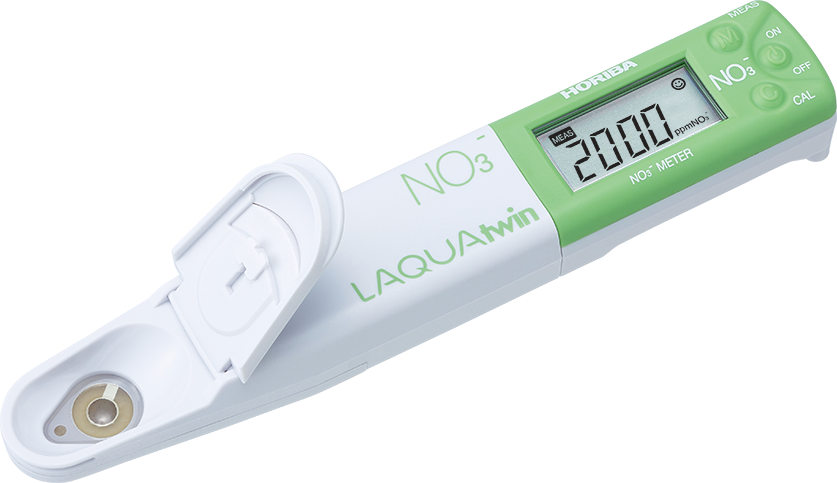Determination of Nutrient Concentrations in Soil Solution and Tomato Plant Sap
Fertigation management requires rapid and accurate methods to determine nutrient concentrations in soil solution and plant sap. Folegatti et al (2005) found that the concentrations of nitrate, potassium, and sodium ions in soil solution and tomato plant sap determined by LAQUAtwin ion pocket meters showed good correlations with those obtained in soil solution and in leaf dry matter, respectively, determined by standard methods in laboratory, and concluded that LAQUAtwin ion pocket meters are useful low-cost tools in fertigation management.
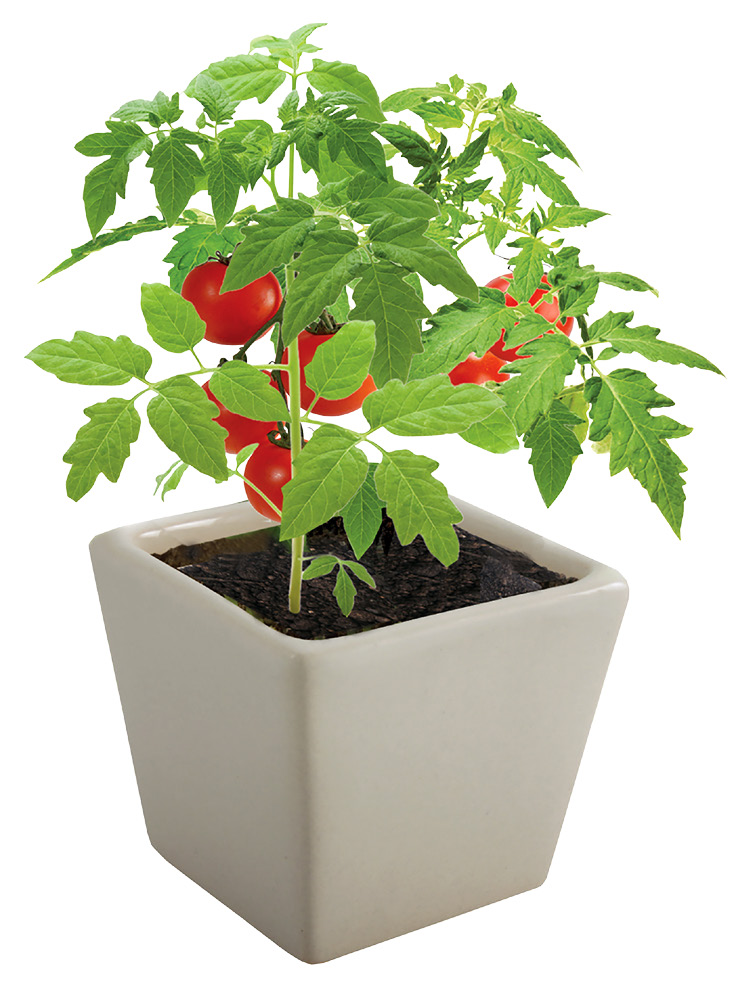
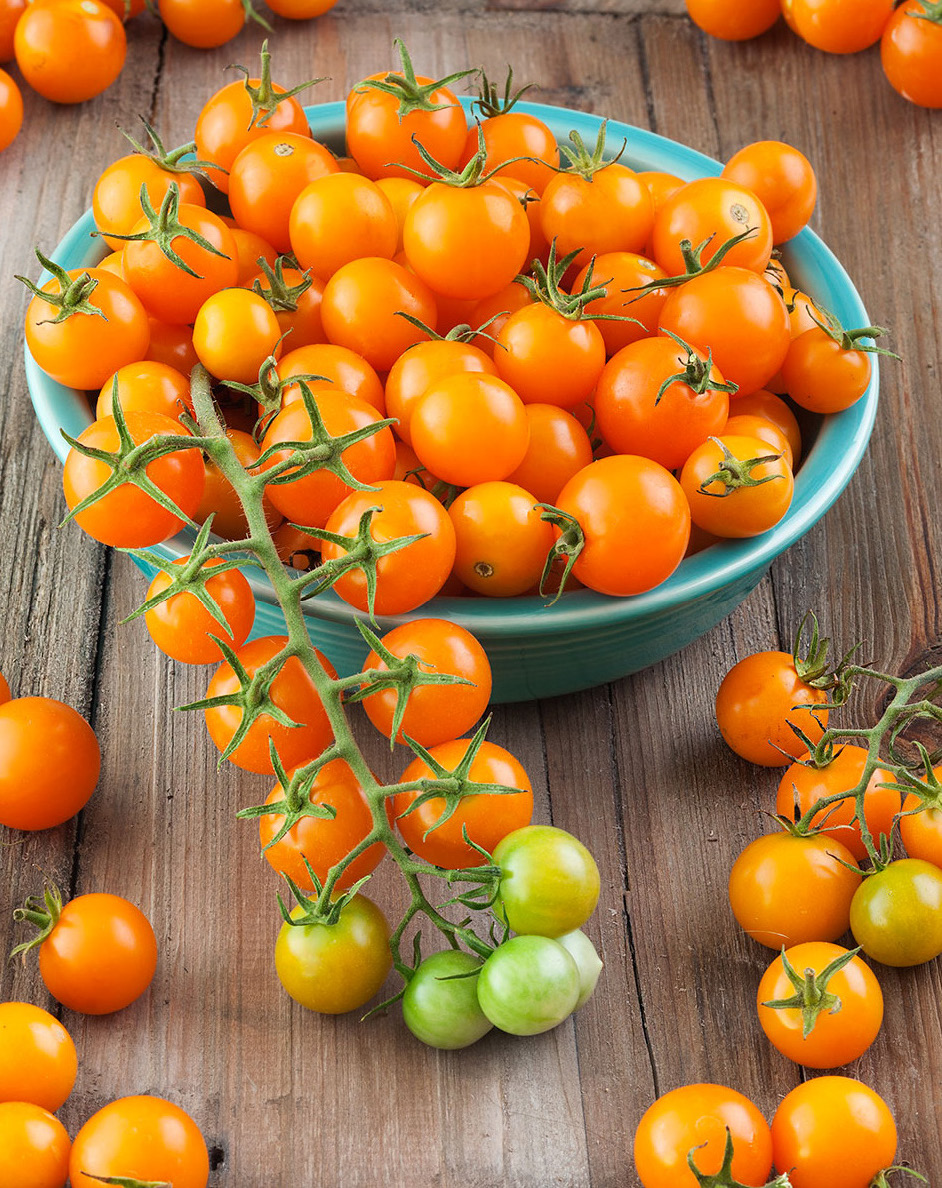
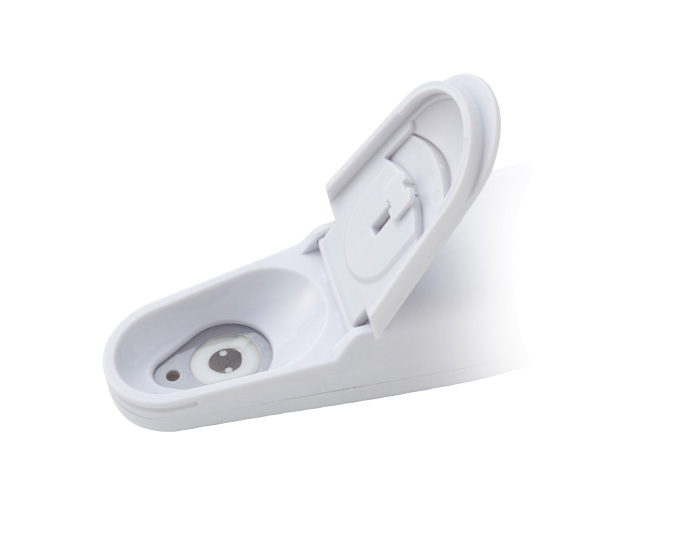
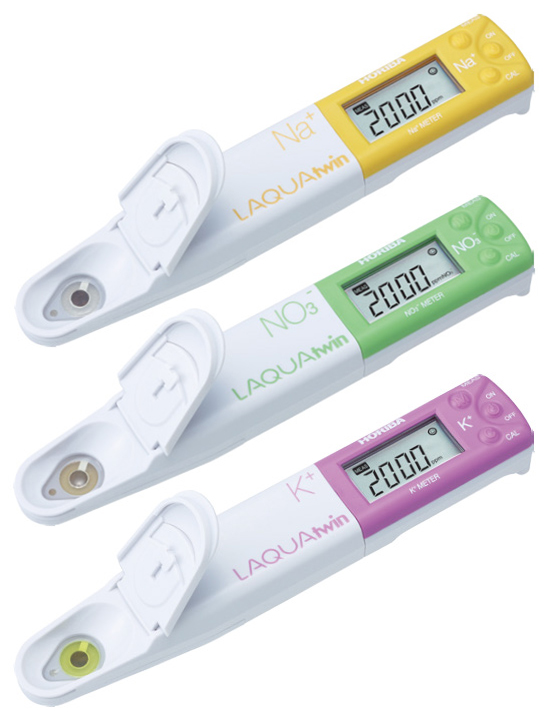
Introduction
Plants take nutrients from soil for their growth. Nutrient levels in soil and plant tissues give an indication of the nutrient requirements of crops. Folegatti et al. (2005) developed a study to evaluate the performance of Cardy ion meters on the determination of nitrate (NO₃⁻), potassium (K⁺), and sodium (Na⁺) ion concentrations in soil solution and tomato plant sap for fertigation management purposes.
Although sodium ion (Na⁺) is not an important ion for tomatoes, its concentration in soil solution and plant sap provides valuable information when using saline irrigation water. Cardy ion meters were later superseded by LAQUAtwin B-700 series ion pocket meters, which feature replaceable sensors, upgraded software, and an enhanced user interface. The LAQUAtwin B-722, B-731, and B-743 ion pocket meters measure sodium ion (Na⁺), potassium ion (K⁺), and nitrate ion (NO₃⁻), respectively. Like their predecessors, the LAQUAtwin B-700 series ion pocket meters require only a few drops or micro-volume of sample and deliver results within seconds. These advantages enable users to analyze a large number of samples quickly, even in the field.
Method
Tomato plants were cultivated in a greenhouse in Piracicaba, SP, Brazil, with different levels of nitrogen (N), potassium (K), and salinity in the irrigation water. Fertilizers and salts used included ammonium nitrate (NH₄NO₃), potassium chloride (KCl), calcium chloride (CaCl₂), and sodium chloride (NaCl), all applied via drip fertigation.
Soil solution samples were collected every 15 days (on average), starting 24 hours after irrigation. Samples were taken at a depth of 15 cm using suction with porous ceramic cups. Concentrations of nitrate (NO₃⁻), potassium (K⁺), and sodium (Na⁺) ions were determined using Cardy ion meters. These results were then compared with those obtained in the laboratory using standard methods—flame photometry for K⁺ and Na⁺ and steam-distillation for NO₃⁻.
Fifty samples of young, fully expanded leaves were also collected from different treatments. The base of the petioles was squeezed using a garlic press, and nutrients in the sap were measured using Cardy ion meters. Leaves were oven-dried at 60°C for 48 hours, and total N, K, and Na⁺ were determined in the laboratory using the method proposed by Malavolta et al. (1997). Nutrient concentrations in petiole sap were compared with those in the dry leaf matter.
Cardy ion pocket meters were calibrated with two standard solutions before use and after every 10 samples. To avoid contamination from carry-over, sensors were washed with distilled water between samples.
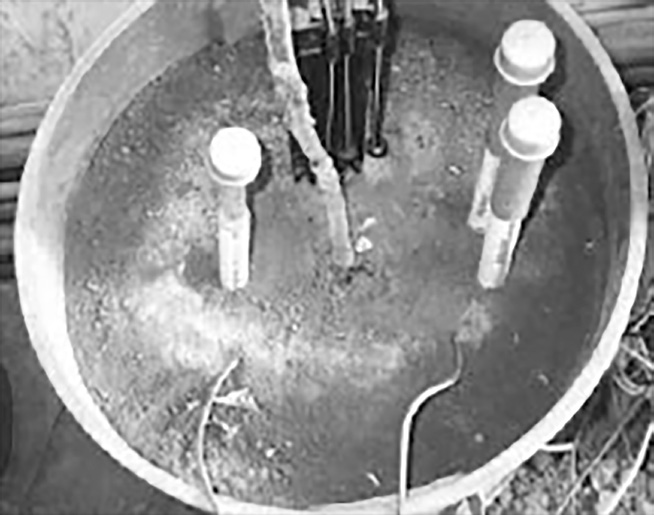
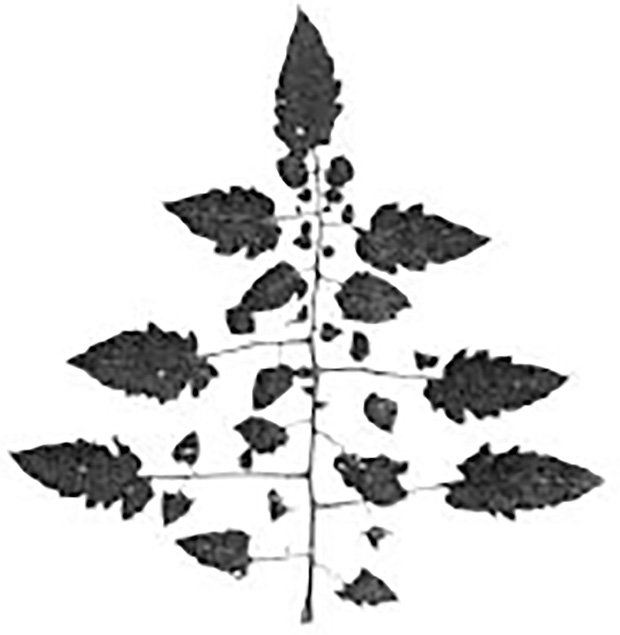
Figure 1A: Greenhouse experimental pot
Figure 1B: Base of petiole used for sap nutrient determination
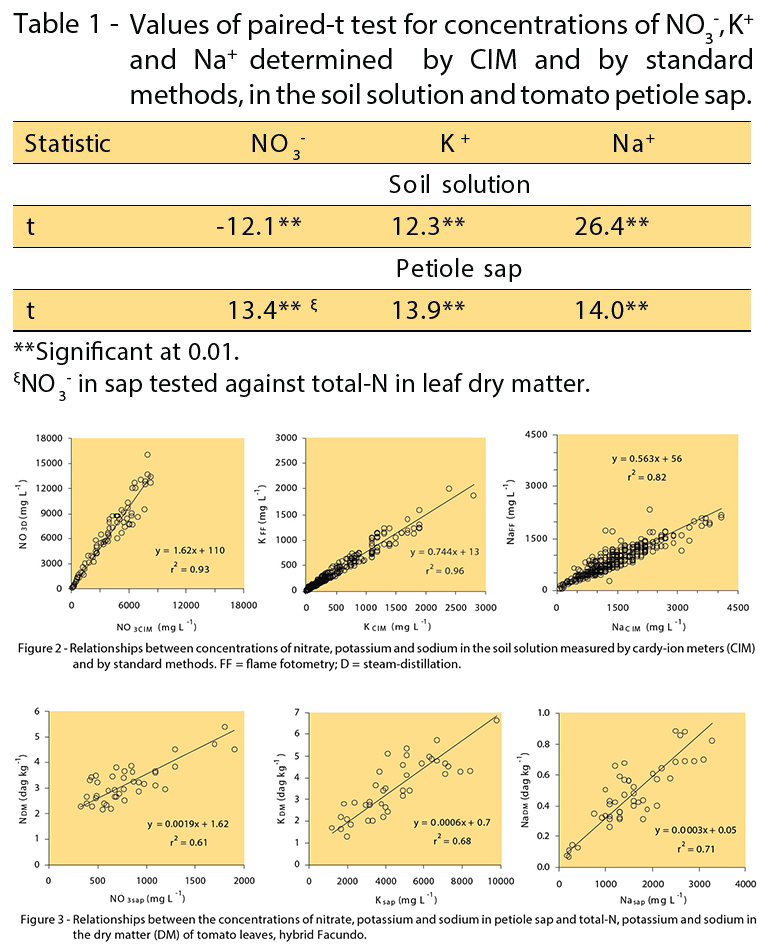
Results and Benefits
Concentrations of NO₃⁻, K⁺, and Na⁺ in soil solution determined by Cardy ion meters showed strong correlation with values obtained by standard laboratory methods (see Figure 2). NO₃⁻ concentrations measured by Cardy ion meters were about 39% lower than those determined by distillation, while K⁺ and Na⁺ concentrations were 21% and 67% higher, respectively, than those determined by flame photometry. The coefficients of determination (r²) were high for all ions, with significant relationships at the 1% level (Table 1).
Concentrations of NO₃⁻, K⁺, and Na⁺ in petiole sap measured by Cardy ion meters also correlated reasonably well with concentrations found in leaf dry matter. Relationships were statistically significant for all ions (Table 1). The r² values for nutrient concentrations in petiole sap and leaf dry matter were similar to those observed in other studies. No prior literature was found comparing Na⁺ concentrations in petiole sap and dry matter.
Discrepancies between Cardy ion meter readings and standard methods were likely due to interference from other ions present in the soil solution and plant sap. Nonetheless, Folegatti et al. (2005) concluded that Cardy ion meters—now replaced by LAQUAtwin ion pocket meters—are suitable for determining nutrient concentrations in soil solution and petiole sap, given their good correlation with standard methods.
References and Suggested Readings
-
Folegatti, M.V., Blanco, F.F., Boaretto, R.M., and Boaretto, A.E. (2005). Calibration of Cardy-ion meters to measure nutrient concentrations in soil solution and in plant sap. Sci. Agric. (Piracicaba, Braz.), 62(1), 8–11.
-
Malavolta, E., Vitti, G.C., Oliveira, S.A. (1997). Avaliação do estado nutricional das plantas: princípios e aplicações. 2nd ed. Piracicaba: POTAFOS, 201p.
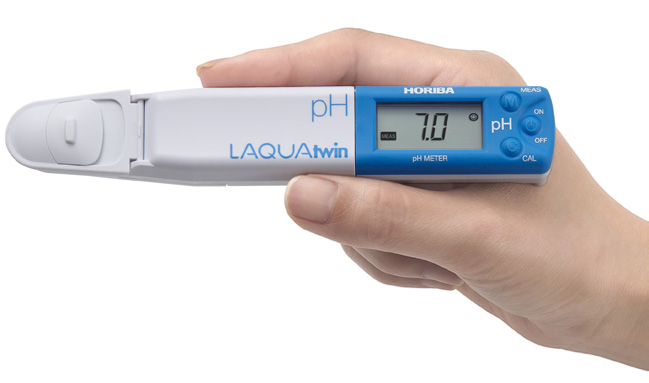
LAQUAtwin: the only meters with flat sensor technology.
HORIBA’s highly-sensitive, flat sensor technology opens up new possibilities for sampling and sample types. Only a small amount of sample is required, so you can easily sample in situ without the need for beakers or other labware. Sensors are easily replaced as required.
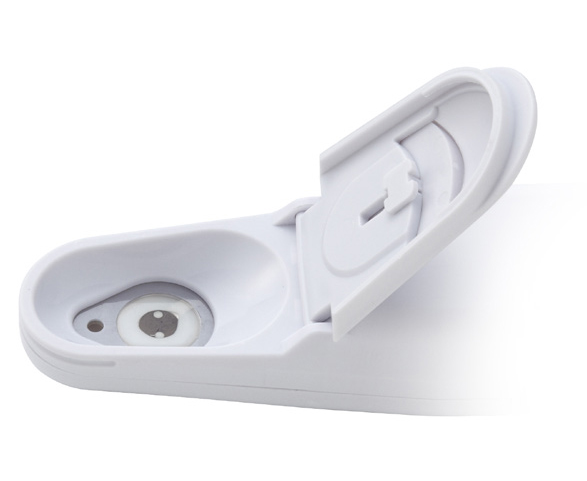
Calibrate and measure at the touch of a button — the smiley face will tell you when the result can be read.
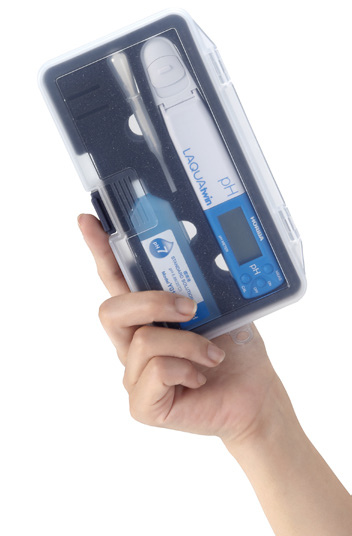
LAQUAtwin is fully waterproof and dustproof.
The meter and sensor are fully waterproof* and dustproof, so you can take it anywhere.
* IP67 rated. Will withstand immersion for 30 minutes at 1 m. Not suitable for underwater use.
Carry case comes as standard for handy portability.
The compact carry case contains everything you need for your measurements, including the standard solution and sampling sheets.

